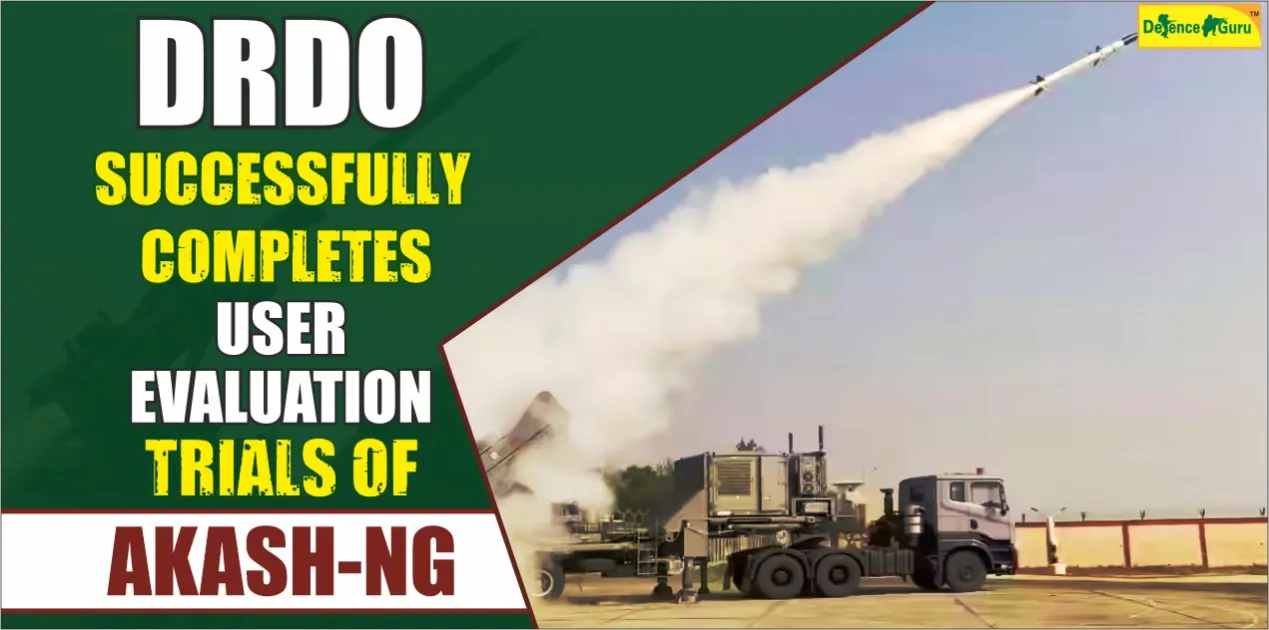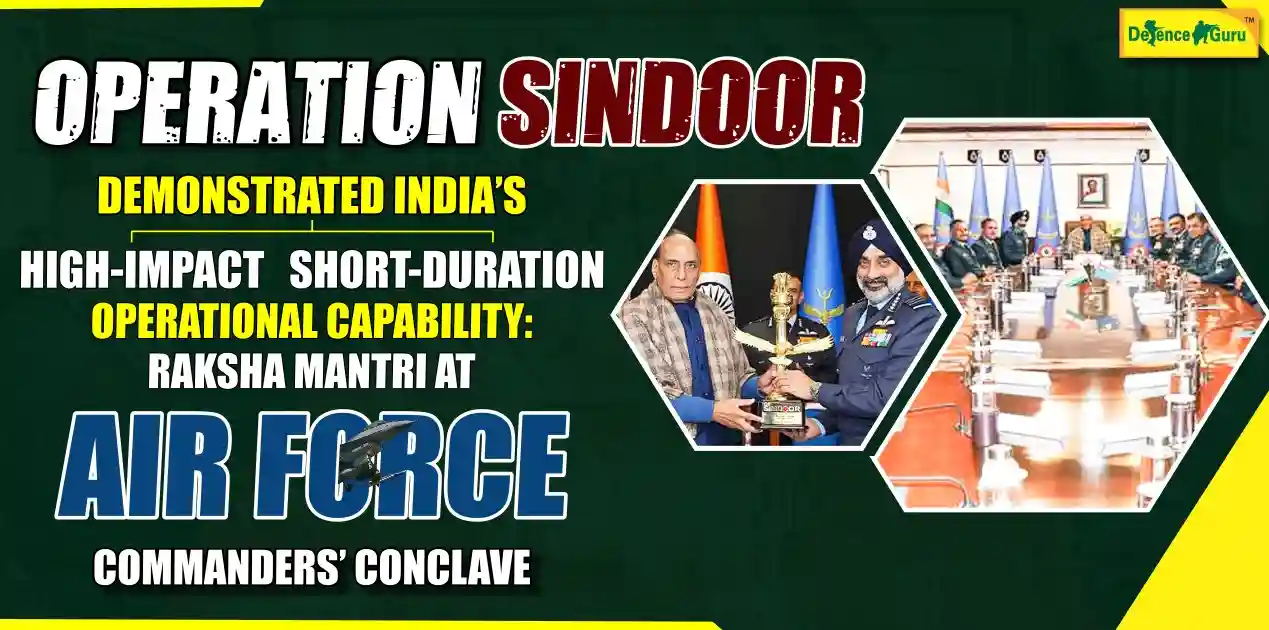Introduction
Operation Keller is a notable counterterrorism operation by Indian security forces in the troubled Keller area of Shopian district in the Union Territory of Jammu and Kashmir.
Launched on May 13, 2025, this operation marks a critical development in India’s ongoing efforts to neutralize terror threats in the Kashmir Valley. Against the backdrop of a gruesome terrorist attack in Pahalgam, which left 26 civilians—including several tourists—dead on April 22, 2025, the operation was a swift and strategic military response aimed at dismantling entrenched terror networks.
This detailed analysis explores the background, conduct, and strategic value of Operation Keller and its broader implications for regional security and India's counterterrorism strategy.
Background and Context
The launching of Operation Keller was powerfully underscored by the rapidly worsening security situation in Jammu and Kashmir after the brutal Pahalgam attack. The April 22 massacre by heavily armed militants believed to be from Pakistani-based terrorist groups shocked the nation and elicited biting condemnation at home and abroad. The attack was especially against civilians and tourists, evoking nationwide outrage and putting tremendous pressure on security agencies to react promptly. The incident not only increased tensions between Pakistan and India but also exposed loopholes in the security mechanism, especially concerning the protection of civilians from high-traffic zones such as Pahalgam.
In turn, the Indian Army, intelligence agencies, and paramilitary forces re-examined their tactical operations and conducted a series of search and destroy missions. Operation Keller was one such undertaking, well planned and skilfully executed with a view to instilling confidence in the people and reaffirming India's intentions to rid itself of terrorism.
Operational Planning and Intelligence Inputs
The success of Operation Keller depended on actionable intelligence, interagency cooperation, and rapid mobilization. Security units had been tracking suspicious activity in the Shukroo Keller locality, which is a known hotbed for terrorist safe houses and recruitment. Human intelligence (HUMINT), signal intelligence (SIGINT), and surveillance drones facilitated the detection of high-value terrorist operatives in the locality.
Among them was named Shahid Kuttay, the top commander of the Lashkar-e-Taiba (LeT), a Pakistan-based militant outfit that has carried out several attacks on Indian Territory. Kuttay was said to have been involved in planning and conducting several recent attacks, including arranging logistical support and weapon supply for the Pahalgam massacre.
On the basis of this intelligence, a joint operation force consisting of the Indian Army, Jammu and Kashmir Police, and Central Reserve Police Force (CRPF) devised a plan of operation to neutralize the threat.
The operation was initiated in the early morning of May 13, 2025, so that less civilian traffic was available while carrying out the operation to prevent collateral damage.
Execution of Operation Keller
At sunrise, a cordon-and-search operation (CASO) was launched in the Shukroo Keller locality. The multi-agency team moved in with precision, putting up perimeters to block any escape. When the forces surrounded a suspected hideout, the terrorists unleashed gunfire, and an intense gun battle ensued that lasted for hours.
Three heavily armed terrorists were killed in the exchange, including Shahid Kuttay. The operation team successfully neutralized the threats with minimal casualties on the security forces' side. The swift, coordinated action reflected not only the training and professionalism of the personnel involved but also the effectiveness of pre-operational intelligence and surveillance.
During the post-operation sweep, security forces recovered a significant cache of arms and ammunition. Items seized included:
•\several AK-series assault rifles
•\several dozen hand grenades
•\thigh-powered communications equipment
•\tactical equipment and explosive chemicals
The seizure of such an extensive arsenal served to underscore the magnitude of the terror apparatus operating in the area and the possibilities for future attacks that were probably avoided as a result of the operation.
Importance of the Operation
Operation Keller is of strategic and symbolic importance in several ways:
1. Elimination of Top Profile Terrorists: Shahid Kitty’s killing was a big blow to the operational strength of Lashkar-e-Taiba in South Kashmir. He was a commander who was responsible for recruiting local youths, managing logistics, and planning strikes against both security forces and innocent civilians.
2. Disruption of Terror Infrastructure: The operation not only resulted in the neutralization of active militants but also disrupted the logistics and communication infrastructure. This disruption is likely to have a cascading effect on other terror cells that are active in the region.
3. Enhancement of Security Strategy: Operation Keller was a testimony to India's existing counterterrorism strategy based on intelligence-led operations that is enhanced by real-time coordination among several security agencies. It reflected the changing capabilities of India's defence forces in handling asymmetrical warfare.
4. Boost to Morale: The successful operation gave a boost to the morale of security forces and reassured the common public, especially in Jammu and Kashmir, that the state could tackle the terror threat firmly.
Broader Implications and Strategic Message
Operation Keller sends a strong strategic signal to both the domestic and foreign audiences. At home, it reiterates the government's zero-tolerance approach to terrorism and reemphasizes the effectiveness of joint military-paramilitary operations. It acts as a warning to local militant sympathizers and their handlers based outside the country.
Globally, it focuses attention once again on the role of Pakistan in hosting and backing terrorist groups like the Lashkar-e-Taiba. India has always brought this fact to fore on the international stage, and having high-profile Pakistani-supported operatives in its own backyard presents additional evidence to substantiate its arguments.
In addition, the operation highlights the role of today's warfare technology, such as real-time monitoring, advanced weaponry, and strategic information sharing, in the success of counterinsurgency operations.
Challenges and the Way Forward
While Operation Keller was a tactical success, it also emphasizes the continued challenges facing Indian security forces. The continued infiltration of terrorists, radicalization of youth, and high-tech utilization of technology by militant organizations require an ongoing transformation of counterterrorism strategies.
India has to keep investing in updating its forces, building larger intelligence capabilities, and stronger civilian-military relations in order to succeed at the bigger war against terrorism. Rehabilitation programs for errant youth and improved socio-economic development in the area will also be key to long-term peace.
Conclusion
Operation Keller is a testament to the tactical genius, operational excellence, and unshakeable resolve of India's security forces in fighting terrorism. The neutralization of high-calibre terrorist operatives, the retrieval of major caches of arms, and effective execution with little collateral damage make it a big win in India's counterterrorism campaign.
It is more than a tactical victory, however, that the operation represents. It is a projection of India's overall determination to protect its sovereignty, defend its citizens, and promote peace and stability in the region. With India still grappling with complicated security issues, operations such as Keller underscore the need for solidarity, readiness, and forward thinking in confronting terrorism.
Read more:
Operation Sindoor: Strategic Objectives and Outcomes of India's Precision Strikes
Operation Sindoor: India’s Precision Strike Against Terrorism in Pakistan

















